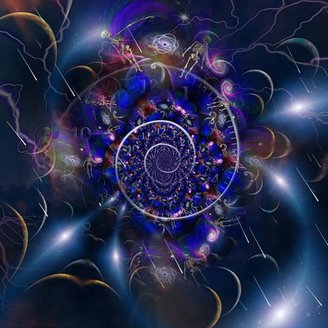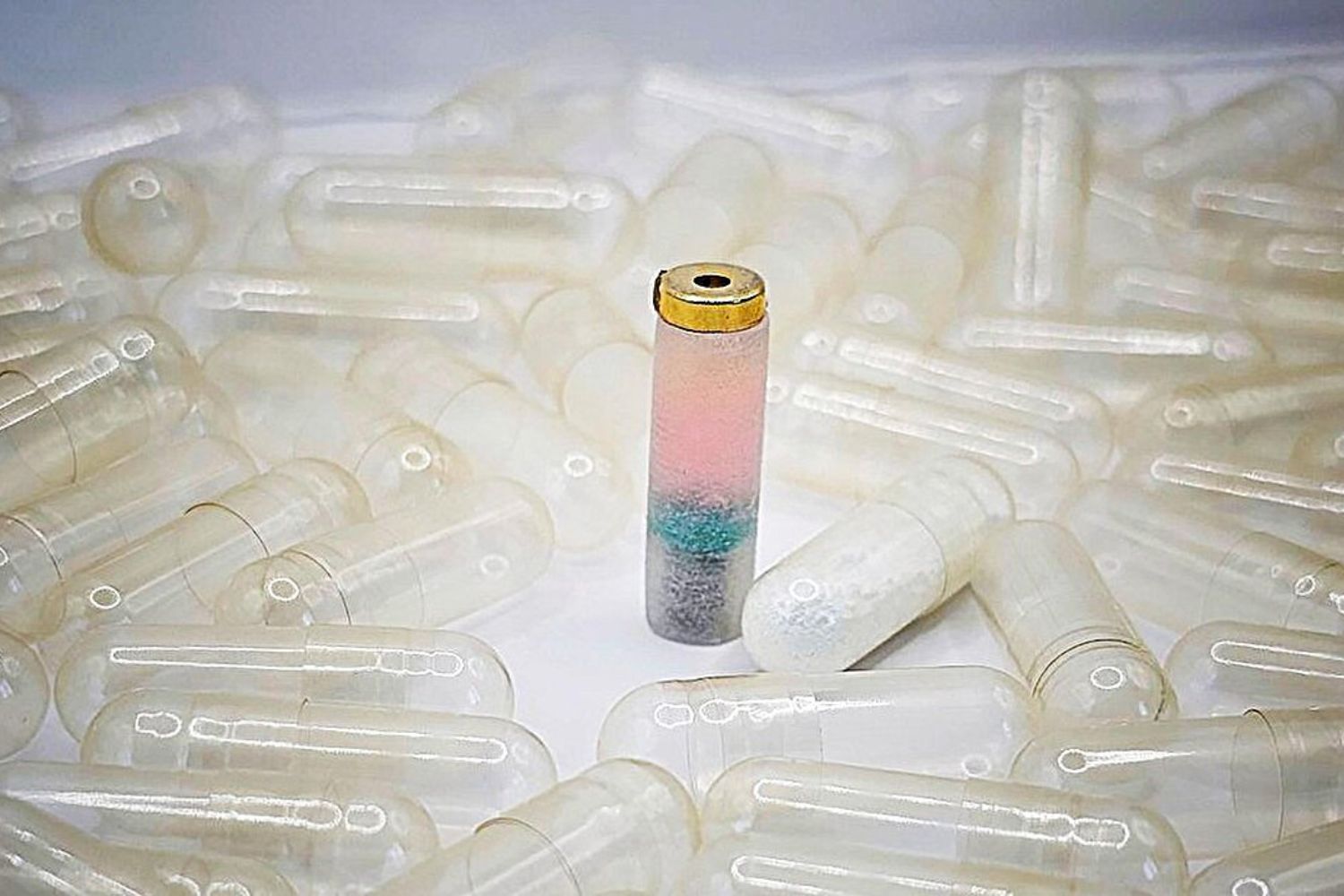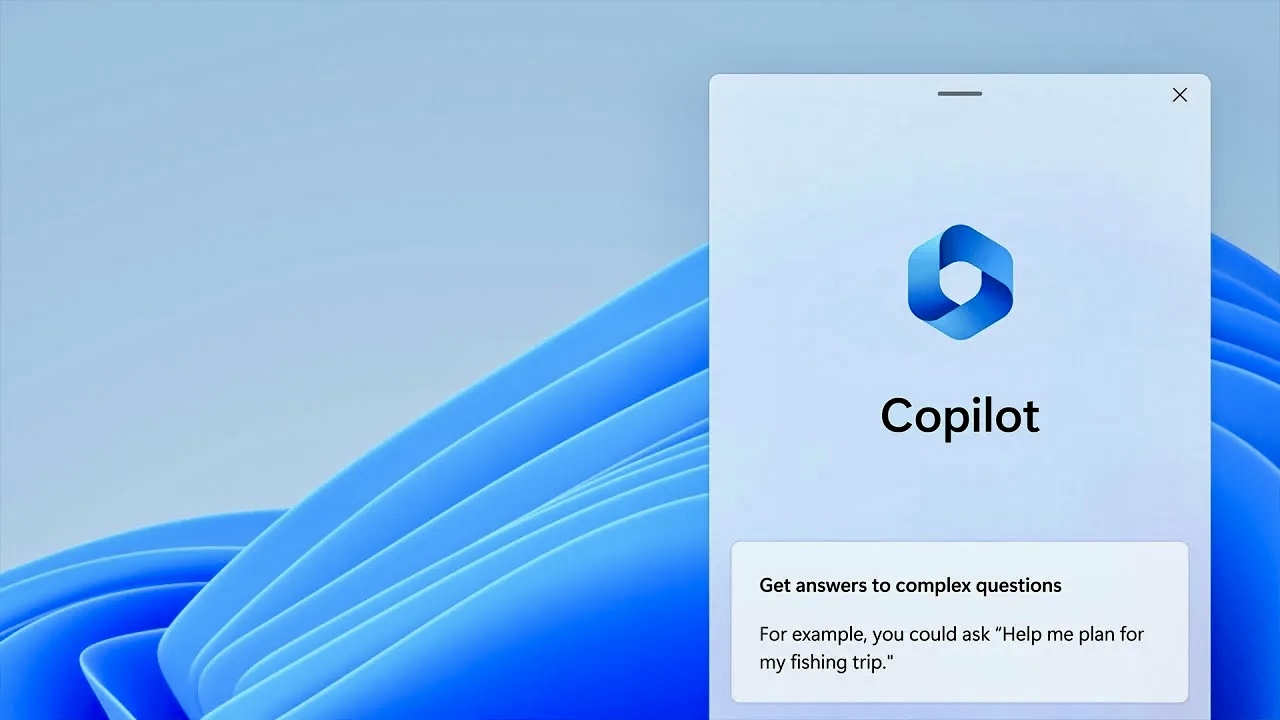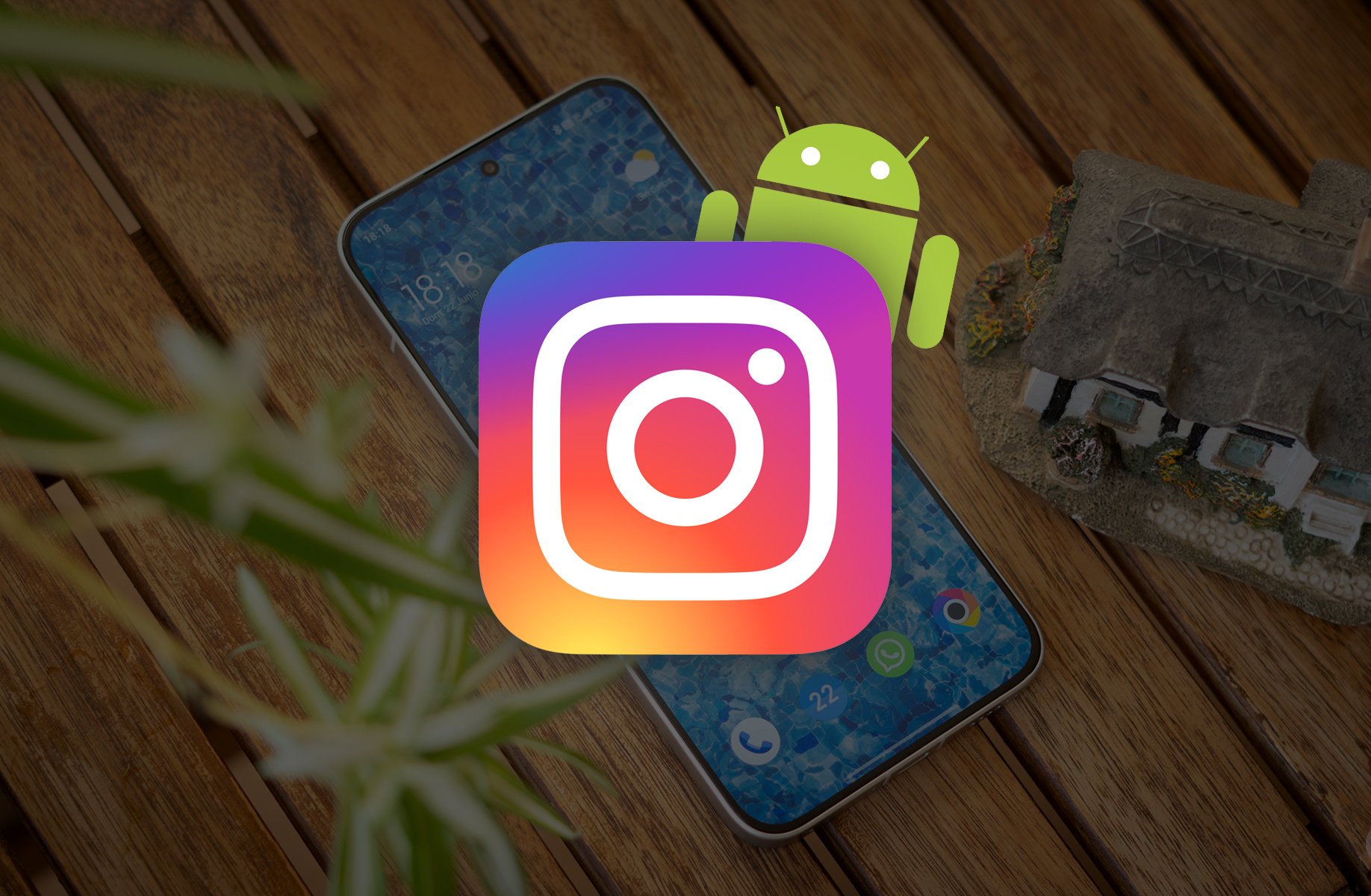Quantum metrology, a field that combines the principles of quantum mechanics with traditional metrology techniques (the science of measurement), is currently growing in importance. Progress reflects not only scientific advances, but also recognition of the growing influence of this field of knowledge in various fields of science, technology and industry.
In a paper recently published in the journal Nature, a team from Caltech (California Institute of Technology) has developed a new device that promises to perform some of the most rigorous temporal measurements ever made. According to first author Ran Finkelstein, this tool answers a classic question in quantum metrology: When and how can entanglement improve measurement accuracy?
In the research, the authors Combined techniques for manipulating and measuring atoms in quantum states Ancilla-based reading. In this method, “it is possible to read the state of an atom by circulating it with another atom, without scattering any photons into it.” [ancilla ou auxiliar]”, Finkelstein explains on LinkedIn.
Why use quantum computers to measure time?
The new method combines cutting-edge atomic clocks with computers. The goal is to “achieve the maximum precision that nature allows,” project leader Manuel Endres explains in a release. According to the physics professor, current work demonstrates “building blocks” for implementing universally programmable quantum circuits.
Although quantum metrology has long pursued the goal of using entanglement to increase the precision of measurements, achieving the best precision allowed by theory to detect or measure something still remains a major challenge due to the presence of noise (interference). It is therefore important to prepare the initial state of the “probe”., The state of the measured system.
Optimizing both the creation and readout of the quantum system to obtain the most accurate measurements possible will also help physicists investigate certain laws of nature more efficiently. This includes Einstein’s theory of general relativity, as well as some “unsolved” problems in physics, such as the nature of dark matter.
An interface between quantum clocks and quantum computers

Endres’ team has already used quantum physics to improve the performance of atomic clocks, Developing “tweezer clocks”A laser tweezer captures, controls and isolates strontium atoms. In the system, these optical tweezers are created by directing the infrared laser beam through the microscope and then deflecting it to different points.
In the current work, the authors demonstrate a way to perform quantum calculations on the clamped clock to improve its accuracy. “While atomic clocks use quantum mechanics to measure time, quantum computers use quantum mechanics to perform calculations,” says Endres. And he concludes: “We’re working on the interface of both here.”
The biggest challenge is how to circulate the atoms in the clamp clock matrix. In quantum entanglement, two or more particles are connected to each other even when there are large distances between them. “You can get more precision if the atoms are entangled,” Endres summarizes, “but we need a very specific, complex form of entanglement.”
Demonstration of entanglement in atomic clocks

According to the study, the authors used the clamped clock platform to realize a specific circuit-based approach in quantum metrology with optical clocks of neutral atoms to prove their theory.
In the new study, the authors show not only that quantum entanglement is possible, but also that quantum computers can be integrated with quantum sensors such as atomic clocks. The experiment demonstrated two-qubit entanglement gates with 99.62% accuracy, a very reliable and effective rate.
By using one atom with another (ancilla), the authors also developed the measurement process, which can be repeated several times because the original photon is never dispersed. In future experiments, the researchers hope to further reduce errors introduced into the system and continually bring their clocks closer to theoretical precision limits.
Follow current developments in science and technology at TecMundo. Until later!
Source: Tec Mundo
I’m Blaine Morgan, an experienced journalist and writer with over 8 years of experience in the tech industry. My expertise lies in writing about technology news and trends, covering everything from cutting-edge gadgets to emerging software developments. I’ve written for several leading publications including Gadget Onus where I am an author.












